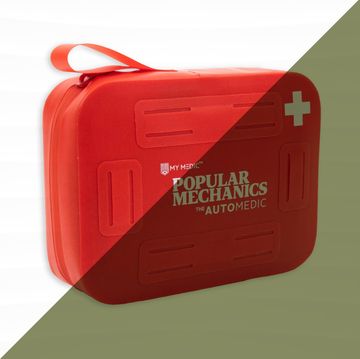Q: After a recent trip to two major auto parts dealers for oil (5W 30), I realized synthetic oil is slowly replacing nonsynthetic on the display shelves. The problem is, I'm getting conflicting information about synthetic oil. One store attendant told me I shouldn't go back to regular oil after changing to synthetic. Then he said it would be okay to add a quart of regular oil to synthetic, if I needed to top up. Another clerk said I should never mix the two. At a different store, the employee said it didn't matter if I used synthetic and then later replaced it with regular oil.
A: Early synthetics got a bad reputation for leaking. This was because, despite the claims of the oil manufacturers, the seal-swell characteristics of the new synthetics were different from those of the mineral oils they replaced. If the seal-swell rate was lower, the seals shrank and oil leaked from crankshaft seals and rocker cover seals. If the rate was higher, the seals swelled a little extra and the engine was tight. Then if the owner changed back to mineral oil, or added a quart when no synthetic was to be had, things got really bad. The crank seals had become worn, in their turgid state, and then relaxed. The valve cover seals were compressed when swelled, and when the different oil was added, everything leaked like, well, an old English sports car.
Fortunately, the situation has improved; you should have no problem switching back and forth. Adding a quart of mineral oil to a crankcase full of synthetic will be fine. Read the fine print -- a lot of the "synthetics" on the market are blends containing a substantial proportion of mineral oil.













